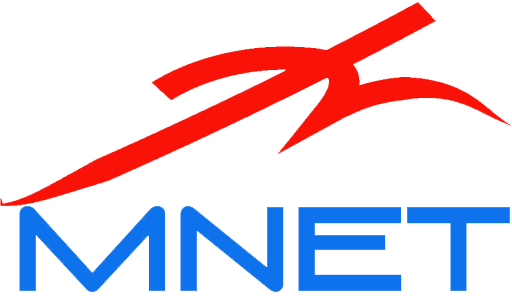OSI Layers DeMystified - Part 1
FOR THE NEXT VIDEO:
One of the most important topics that we neeed to learn with regards to networking – OSI layers.
But let’s define first, what is Networking/
Basically, Networking is the interconnection of devices to enable resource sharing between devices regardless of their distance.
When we interconnect computers, we need Protocols.
Protocols are the set of rules or instructions/procedures that computers need in order to communicate with each other.
Why do we need it? Because computers, by default, can’t decide for themselves. They need to be given a set of procedures that they need to follow if they need to accomplish a given task.
But, in the older days, there was no standards in place to dictate what protocols can be used by networking devices.
So, computer vendors then, since they need these protocols in order for devices to communicate – created their own set of protocols.
But, since these protocols are developed by a certain vendor, they can only run on the said vendor’s devices only – we call these: Proprietary Protocols.
The problem with Proprietary Protocols is – when we need two computer devices to understand each other, they need to speak the same language, meaning they need to run the same protocol.
Interconnection problems with different networking vendors is one the main problems back then with different vendors using different protocols.
If one company decides to buy a certain vendor’s networking device, it means all devices inside that company SHOULD be from that same vendor, it cannot add a different vendor’s device because it won’t interconnect because they are using different protocols.
So, in order to standardize, ISO (International Organization for Standardization) developed an Open Standards protocol that can be run on all devices to solve the issue of vendor monopolization because of Proprietary Protocols.
This open standards protocol is now known as the OSI.
OSI, is short for Open Systems Interconnection.
What it does is, it dissected the networking process into different layers.
Each layer has its own functionality, and each layer has its own sets of Standards & Protocols that all network device vendors needs to follow.
The OSI Layers are
- Physical
- Data Link
- Network
- Transport
- Session
- Presentation
- Application
You need to memorize all these layers, and you need to learn it by heart because all networking concepts and functionalies revolves around them.
Because of the introduction of the OSI Model, all networking devices can now be classified as devices that run on a specific OSI Layer.
That’s why you can sometimes hear that some devices are Layer 2 or Layer 3 devices.
If a device operates on Layer 3, that device needs to follow the sets of standards and protocols for that layer.
What are the main advantages of the introduction of OSI and a layered standards approach with regards to networking?
- Intervendor Operability
Such that, devices from different vendors can now interconnect with each other using a standardized protocol. Proprietary protocols are not an issue anymore.
- Ease of Troubleshooting
We can identify and isolate networking problems per layer so that we can create processes on how to handle those problems systematically.
- Ease of Understanding
We can dissect networking concepts per layer for better understanding.
